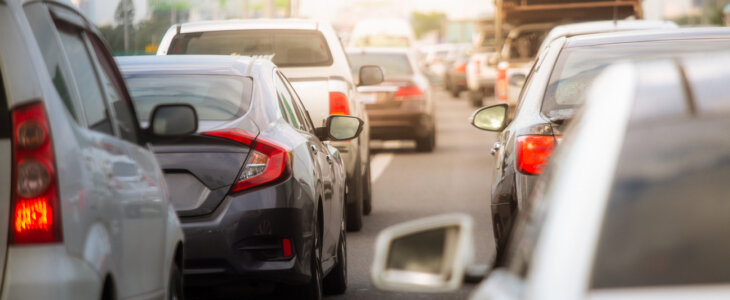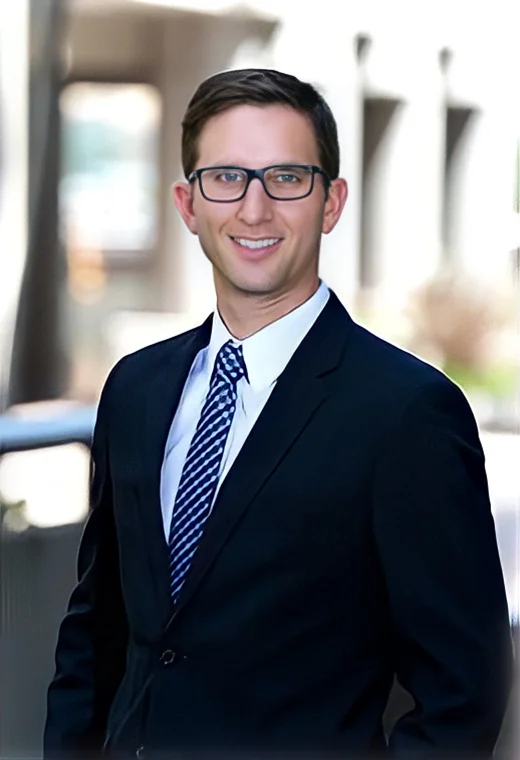Highway pileups can be chaotic, involving numerous vehicles and drivers, each contributing to the crash in different ways. Identifying the responsible parties in these accidents isn’t always straightforward. Various elements like driver behavior, road conditions, and weather often play significant roles, making it difficult to assign fault. As a result, each driver may face different degrees of responsibility. With so many variables at play, determining liability in a multi-vehicle pileup requires a closer look at how the crash unfolded and what caused it.
What Causes Multi-Vehicle Pileups?
Multi-vehicle pileups are often triggered by a combination of factors that create dangerous road conditions and limit a driver’s ability to respond quickly. Some of the most common causes include:
- Weather Conditions: Fog, rain, snow, or ice can severely reduce visibility and make it harder to control vehicles, leading to accidents.
- Speeding: On highways, high speeds reduce the time drivers have to react to sudden stops or changes in traffic, increasing the likelihood of a crash.
- Distracted Driving: Drivers who are texting, using GPS, or talking on the phone may not see hazards in time, causing chain-reaction collisions.
- Tailgating: Following too closely doesn’t allow for enough stopping distance, especially in high-speed environments.
- Sudden Braking: Unexpected stops, particularly in heavy traffic, can result in rear-end collisions that escalate into multi-car pileups.
- Mechanical Failures: Issues like brake failure or tire blowouts can cause a driver to lose control, leading to accidents involving multiple vehicles.
How Is Liability Determined in Multi-Vehicle Accidents?
Determining liability in multi-vehicle accidents can be complex, as multiple drivers and factors contribute to the crash. The process typically begins with investigating the accident scene, gathering information from police reports and eyewitness accounts, and analyzing the damage to each vehicle. Accident reconstruction experts may also be called in to recreate the sequence of events and identify which actions or conditions triggered the crash.
In California, the legal principle of comparative negligence is used to determine liability. This means that fault can be shared among multiple drivers based on their degree of responsibility. For example, if one driver was speeding and another was distracted, both may be assigned a percentage of the fault. Even if you are partially at fault, you can still recover damages, though the compensation may be reduced according to your level of responsibility.
Insurance companies play a significant role in determining liability as well. Each company will conduct its own investigation and attempt to negotiate a settlement based on its findings. However, disputes may arise when insurers disagree on the degree of fault. In these cases, having strong legal representation is critical to ensuring you are not unfairly blamed or that your rightful compensation is protected.
Challenges in Proving Liability
Proving liability in multi-vehicle accidents presents several challenges due to the involvement of multiple drivers and contributing factors. One key issue is the complexity of establishing fault. With several vehicles involved, determining which driver’s actions set off the chain reaction can be difficult. Often, conflicting witness statements and varying accounts of what happened add to the confusion.
Another challenge is the potential for shared fault. In some cases, more than one driver may have been negligent, making it harder to assign liability to a single party. Factors like poor weather, road hazards, or mechanical failures can complicate the investigation further.
Insurance companies may also dispute fault, especially when multiple policies are involved. Each insurer aims to minimize their client’s liability, which can lead to lengthy negotiations or disputes. These complexities often require accident reconstruction experts and attorneys to sort out who should be held responsible.
How We Help Victims of Highway Pileups
Casper, Meadows, Schwartz & Cook assists victims of highway pileups by thoroughly investigating the accident to determine who is responsible. Our team works closely with accident reconstruction experts, reviews police reports, and gathers eyewitness accounts to build a strong case. We understand the complexities of multi-vehicle collisions and are experienced in dealing with insurance companies to ensure our clients receive fair compensation for their injuries and damages. Whether through negotiation or litigation, we advocate for our clients and hold the responsible parties accountable. Our goal is to help you recover both physically and financially after a serious accident.
Contact an Experienced Bay Area Multi-Vehicle Accident Attorney
Casper, Meadows, Schwartz & Cook has a proven track record of helping victims of multi-vehicle accidents get the compensation they deserve. We will investigate every detail of your case and advocate for your rights. Contact us today for a free consultation to discuss how we can help with your claim.


